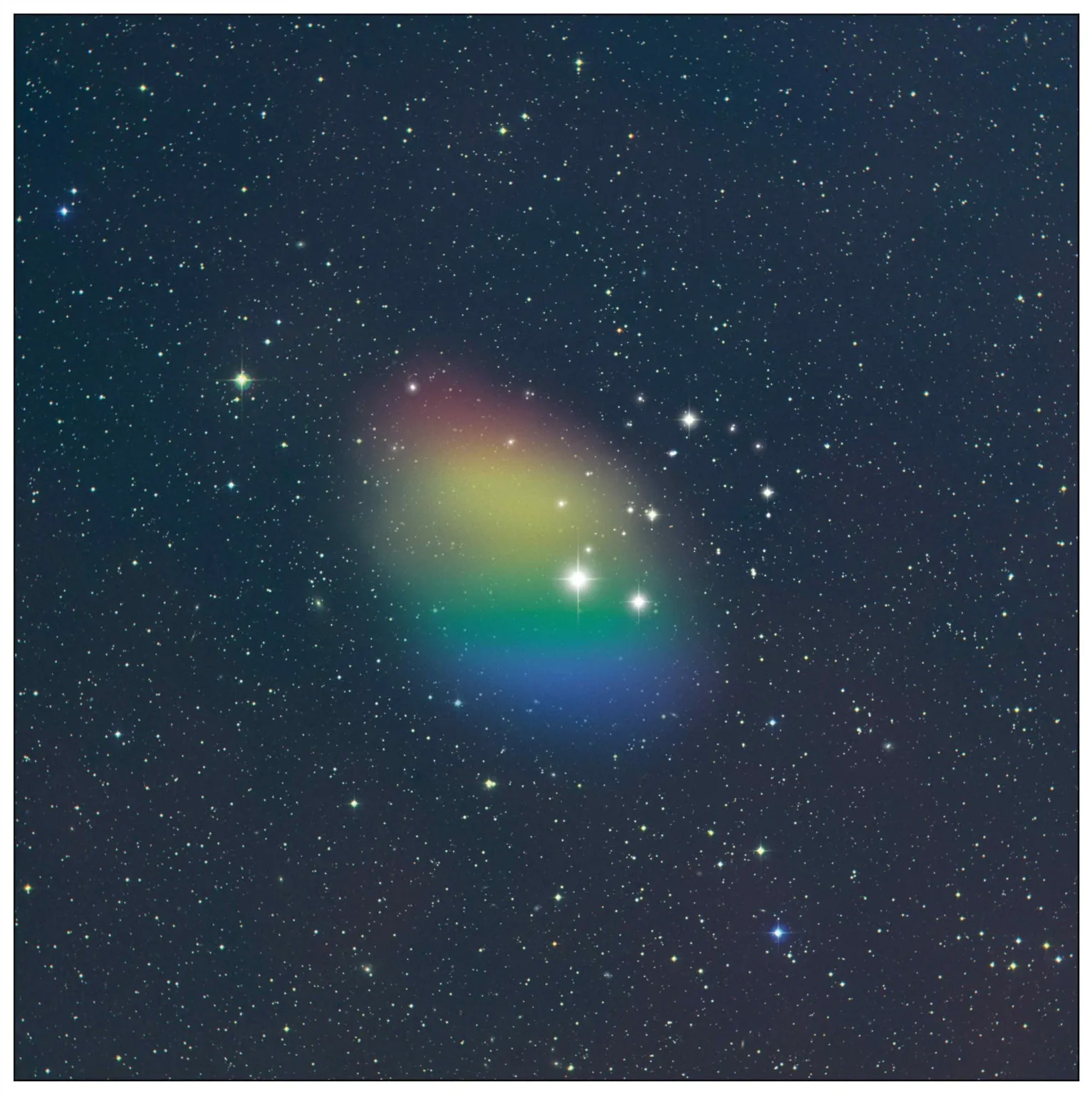There was a time when the universe was dark, before any stars had formed within it. Up until now, we haven’t discovered any evidence of galaxies like that. However, an accidental imaging of one section of the sky allowed scientists to spot a primordial galaxy with a bunch of gas and no stars.
One of the reasons that we haven’t discovered any of these dark, primordial galaxies is because none of our current technology is capable of reaching that far back into time. While it can see deep into the universe, James Webb isn’t strong enough to peer back to the beginning of time.
But what if there was something close enough to give us a view into a dark, primordial galaxy? What if that galaxy was full of dust, but didn’t have any stars? Further, what if scientists had only discovered it because of an accidental misalignment of an observatory?

Well, that’s exactly what happened. While observing the night sky, researchers using the Green Bank Telescope pointed the observatory in the wrong direction, capturing evidence of a dark, primordial galaxy now known as J0613+52. This cosmic object could be a treasure trove of information, researchers say, and deeper investigations into it could teach us more about the earliest galaxies of our universe.
The fact that this dark, primordial galaxy even exists is fuel to the fire of theories that there are multiple smaller, dimmer galaxies out there for every massive bright galaxy like our own. In fact, if there are other galaxies like this out there, it would bring the proposed number of possible galaxies to between six and 20 trillion.
That number is much higher than the proposed number of galaxies that Carl Sagan brought to the table in the late 20th century, and it honestly would probably blow his mind to think that our universe is that big. For the moment, scientists aren’t sure what to make of this newly discovered primordial galaxy.
To truly understand whether it is actually dark, without any stars, we’ll need to investigate it more thoroughly. And if those assumptions prove true, it will open the door for even more questions astronomers will want to answer.








